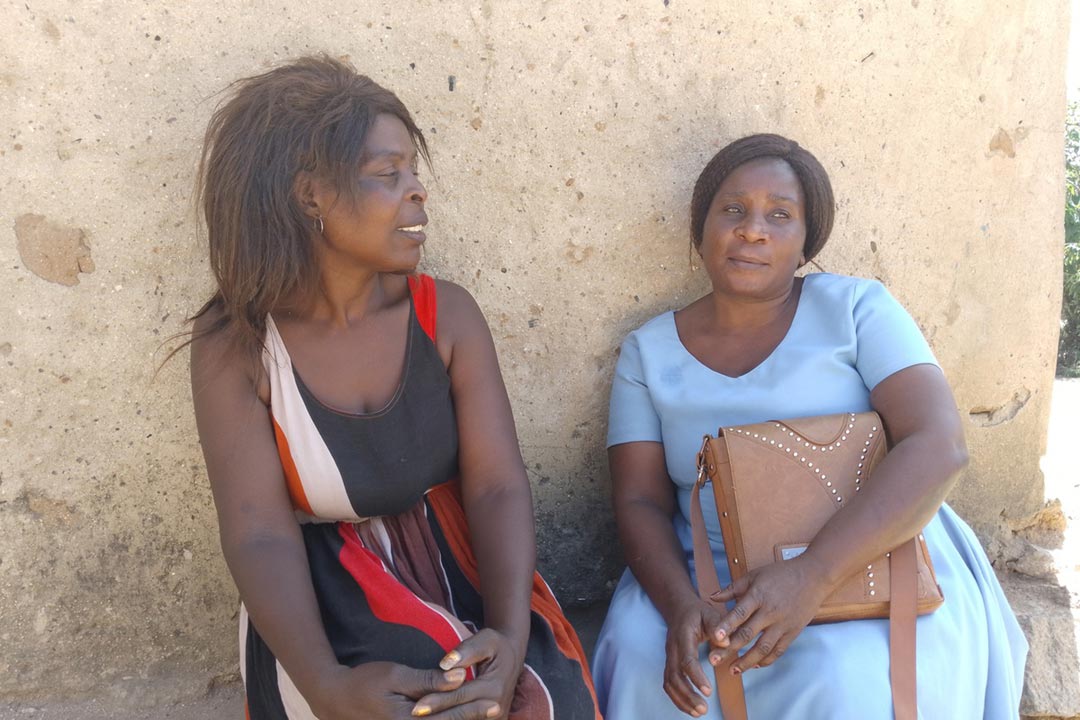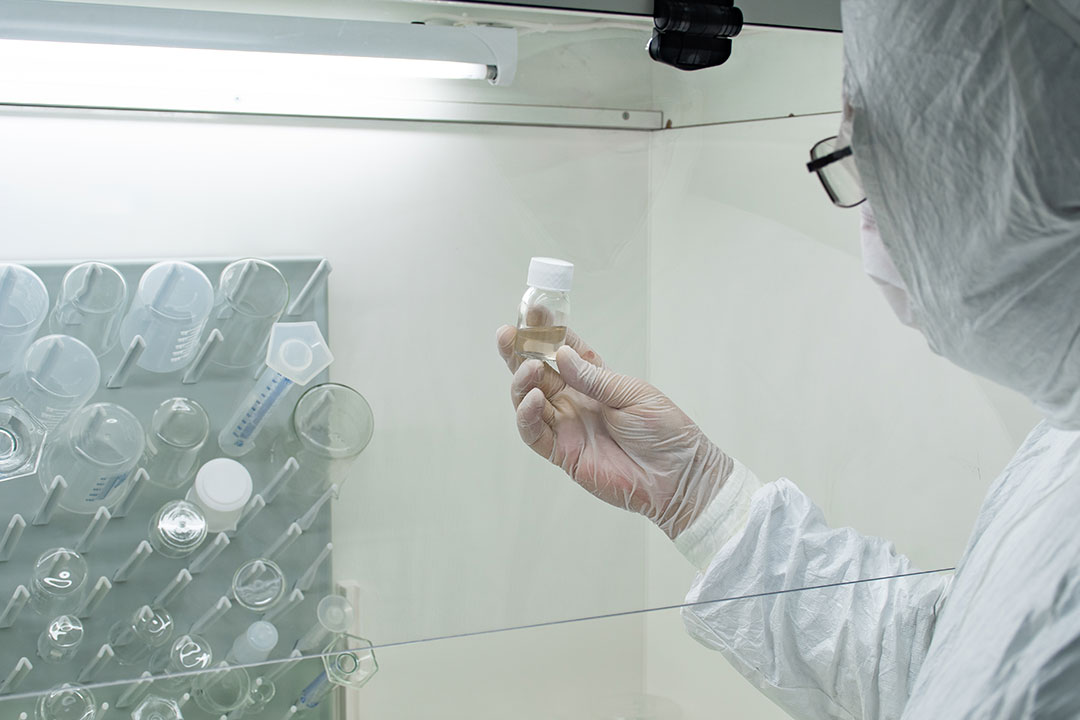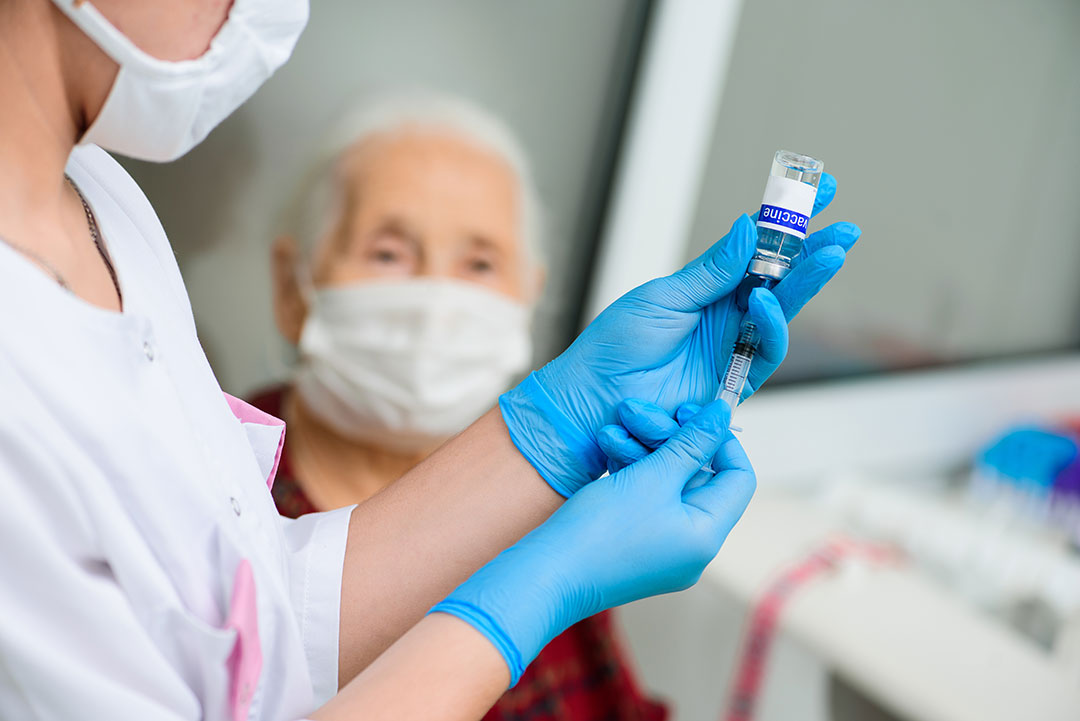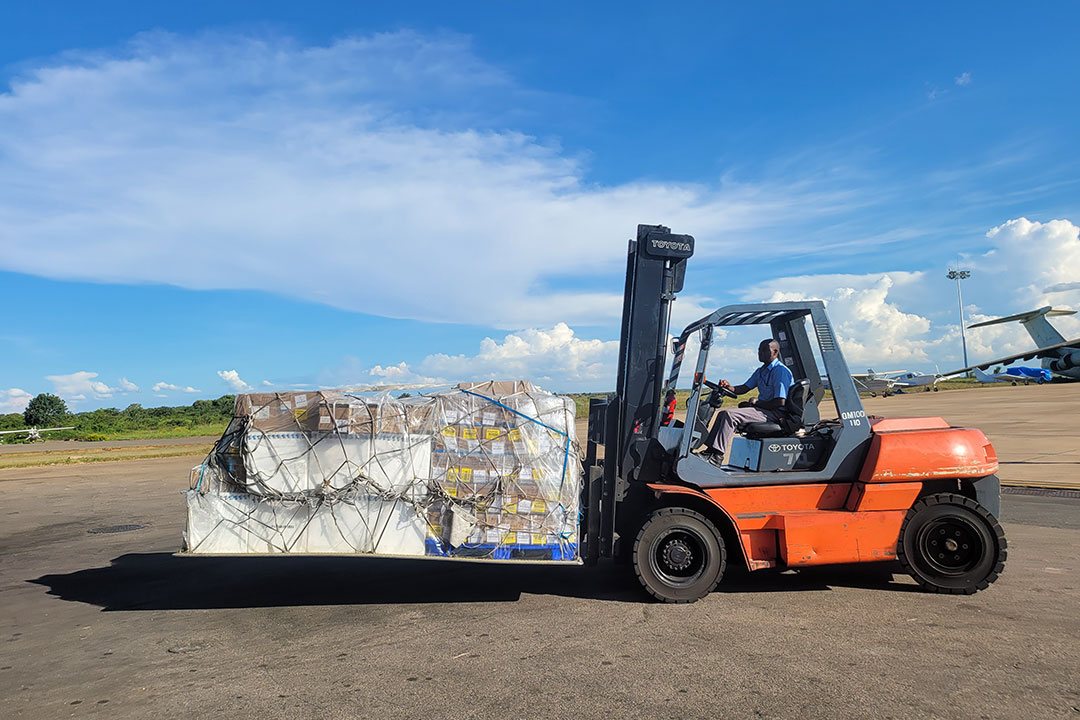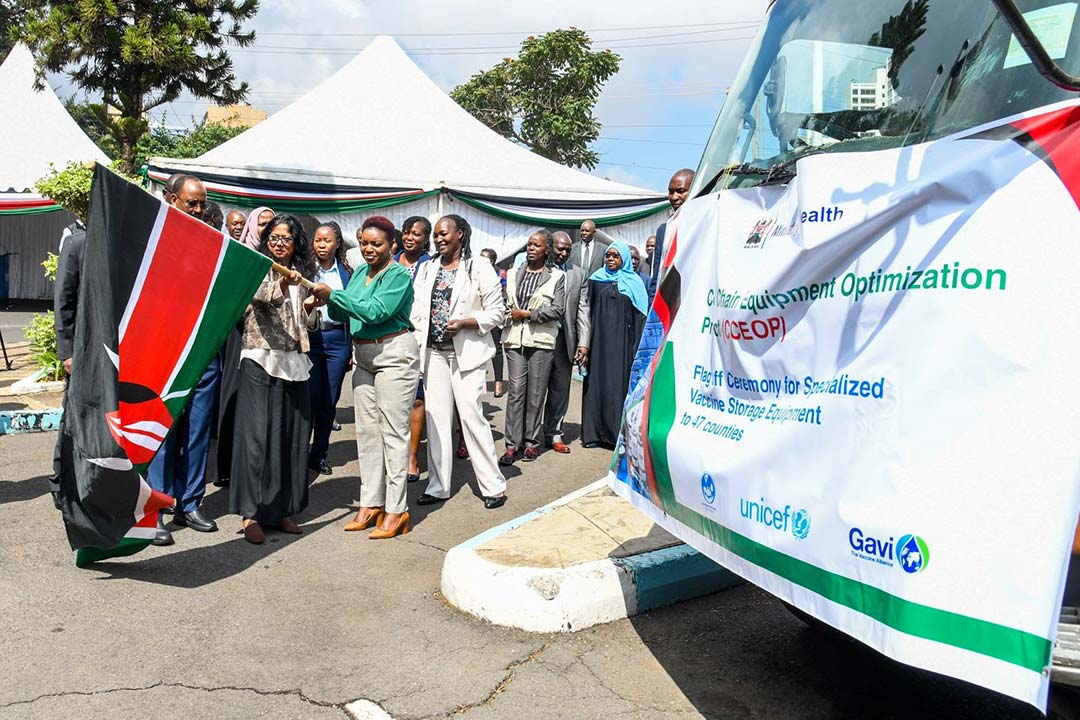Indian data sheds new light on severity of “Arcturus” infections
A study from Maharashtra suggests the XBB.1.16 COVID-19 variant is replacing all other co-circulating lineages in India, but that the severity of infection is similar to other Omicron sub-variants.
- 5 May 2023
- 3 min read
- by Linda Geddes

Patient data from the Indian state where XBB.1.16 was first detected suggests that the clinical features and severity of infections are similar to other circulating subvariants – although there have been some deaths.
“The XBB.1.16 variant did not cause severe infections just like other Omicron sub-lineages. However, its increased transmissibility and immune evasive properties are alarming.
– Prof Rajesh P. Karyakarte
Nicknamed the "Arcturus variant", XBB.1.16, was first identified in a sample from Mumbai, Maharashtra, on 11 January 2023, and has since triggered a surge of infections nationwide. According to the World Health Organization"s weekly epidemiological update, published on 4 May, infections with this Omicron subvariant have now been reported from 40 countries worldwide, although the related XBB.1.5 subvariant is still far more prevalent.
To better understand recent trends in the virus"s evolution and spread, Prof Rajesh P. Karyakarte, a microbiologist at Byramjee Jeejeebhoy Government Medical College in Pune, India, and his colleagues turned to data from 2,856 Indian COVID-19 patients uploaded to the international GISAID database, where scientists share genetic information about circulating strains of SARS-CoV-2.
According to this data, XBB.1.16 accounted for most COVID-cases (36%) detected in India between December 2022 and April 2023, followed by XBB.2.3 (12%) and XBB.1.5 (10%).
Have you read?
Of these cases, 693 were from Maharashtra – India"s second most populous state, which lies on the country"s west coast. Three hundred and eighty-six of these patients consented to share their clinical details with the team, providing some insights into the types of symptoms and severity of infection they experienced.
The research, which has not yet been peer-reviewed, suggested that 92% of the 276 XBB.1.16 patients had mild symptoms, with fever being the most common – experienced by 67% of them. Forty-two percent of patients reported a cough, 34% a runny nose, and around 14% reported body aches and/or fatigue. The vast majority (87.5%) of patients had received at least one dose of COVID-19 vaccine.
The team also investigated the type of medical treatment patients received, although because the study population was drawn from individuals who received a PCR test for COVID-19, and whose sequences were uploaded to GISAID, it may not be representative of the general population. Roughly one quarter (26%) of the patients required hospitalisation, but this was mostly for non-COVID reasons. Of these, one third needed oxygen therapy, but it is unclear if this was because of the COVID-19 infection or something else. Seven of the XBB.1.16 patients (2.5%) died – mostly elderly patients with comorbidities.
"The study shows that the clinical features and outcome of XBB.1.16 cases were similar to those of other co-circulating Omicron lineage infected cases in Maharashtra, India," Karyakarte and colleagues said. "The XBB.1.16 variant did not cause severe infections just like other Omicron sub-lineages. However, its increased transmissibility and immune evasive properties are alarming. Moreover, due to the increased growth efficiency, XBB.1.16 variant is progressively replacing all other co-circulating lineages in India."
These results are broadly in line with WHO"s initial assessment of the risk posed by XBB.1.16. "While growth advantage and immune escape properties are observed in different countries and immune backgrounds, including in countries where XBB.1.5 has become the dominant variant recently, no changes in severity have been reported in countries where XBB.1.16 is reported to be circulating," WHO said.
More from Linda Geddes
Recommended for you


